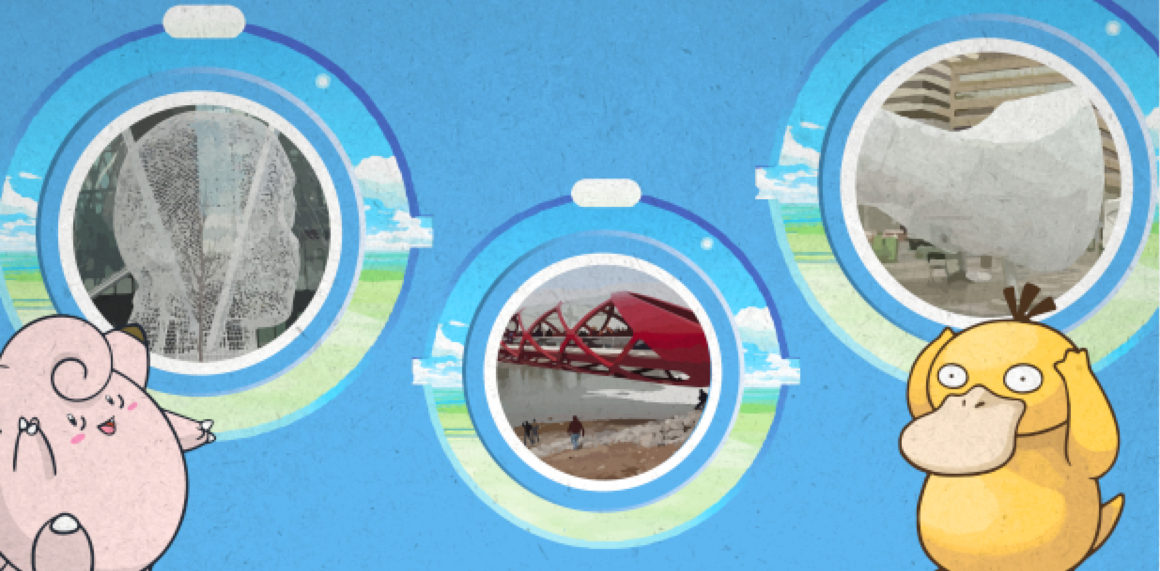
Pokemon Go thrives on campus
The University of Calgary is usually pretty quiet during the summer semester. Some students take classes, but most spend July and August away from campus. But if you take a walk through campus today, you’ll have no trouble spotting clusters of people bunched together, looking at their phones. They’re all trying to catch Pokemon.
Pokemon trainers have been a common sight at the U of C at all hours of the day since the beginning of July, when the augmented reality phone game Pokemon Go launched. Undoubtedly the number of players will only increase, as the game finally got its official Canadian release July 17.
It’s easy to figure out why so many students are playing the game — the original Pokemon games were staples for many growing up and there’s a strong nostalgic appeal behind living out those childhood fantasies. Many people our age are also in a position where we can spend time traversing a city catching Pokemon, unlike younger or older fans. This game is perfectly designed for teens and 20-somethings with smartphones and time to burn.
A few benefits of Pokemon Go have been widely touted, such as its ways of getting people active while playing video games. Players have to travel to where Pokemon or items are located to obtain them. And another way to get new Pokemon is to hatch an egg, which requires a certain distance to be walked with the app on.
One lesser discussed benefit of the game is its ability to teach players about public art and significant cultural landmarks in their environment. At the U of C, for example, there are a number of Pokestops — locations where players can travel to and collect items. These stops are often art pieces across campus, like the Science B gargoyles, the Kinesiology paperclip and even the mermaid mural in MacHall. Cool spots around the core like St. Patrick’s Island, 17th Ave. and Prince’s Island Park also have loads of locations. Individuals and groups have even started planning meetups at public parks or events like the Calgary Night Market.
It is, of course, a problem when people try to catch Pokemon in places like the Holocaust Museum. But the game will help people become more aware of the art and culture of their cities, even if they are viewing them through an augmented lens.
Pokemon Go is also getting students to hang out with each other and meet new people. I’ve not personally yet had one of these magical experiences, but I’ve heard stories from friends about going out at night to play the game and running into other groups of people who tag along. The game’s team system — players choose early on whether to join one of three factions — also gets members of the same group to work together. I was on a CTrain the other day where I watched a friendship form when two players sitting next to each other realized they were both members of Team Instinct.
The game’s early social and cultural impact on campuses are impressive, especially at a school like the U of C that’s often criticized as a commuter college lacking campus identity. Pokemon Go is probably a passing fad, but hopefully its positive effects on the community won’t be.
Jason Herring, Gauntlet Editorial Board
